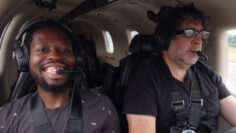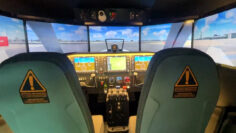What in the world is an Autogyro?
Have you ever wondered about the fascinating aircraft that combines the best features of helicopters and aeroplanes? Let’s dive into the world of autogyros, also known as gyroplanes or gyrocopters. Unlike helicopters, autogyros don’t rely on engine power to drive their rotor for lift. Instead, they utilize the ingenious process of autorotation, where the rotor spins freely and generates lift as the aircraft moves forward. With a distinctive appearance featuring a large main rotor atop and a smaller tail rotor at the back, autogyros offer a unique and exhilarating flight experience.
A Stroll down memory lane: the history of Autogyros
Let’s take a brief journey through the history of autogyros, which began with the visionary Spanish engineer Juan de la Cierva in the 1920s. De la Cierva aimed to create an aircraft that could safely cruise at low speeds, take off and land in short distances, and overcome the limitations of early helicopters. His breakthrough design introduced the concept of autorotation, enabling the rotor to spin freely and generate lift. Since then, autogyros have undergone continuous refinement and improvement, resulting in the versatile and modern gyroplanes we have today.
So, what do we use these autogyros for?
Autogyros have proven to be incredibly versatile and find applications in various domains. Their unique capabilities, such as flying at low speeds and hovering, make them valuable in diverse fields. Autogyros provide thrilling recreational flights for adventure seekers, conduct aerial surveillance operations, participate in search-and-rescue missions, and play a crucial role in agricultural tasks like crop dusting and aerial surveying. The flexibility and agility of autogyros make them invaluable tools in both civilian and professional settings.








